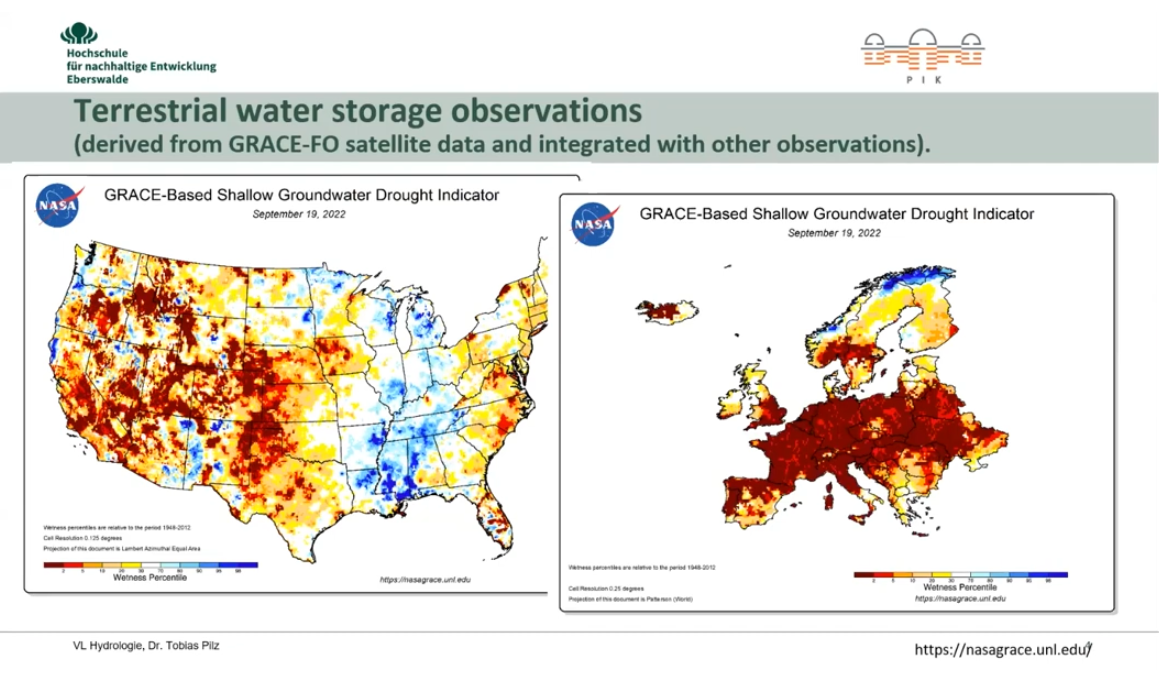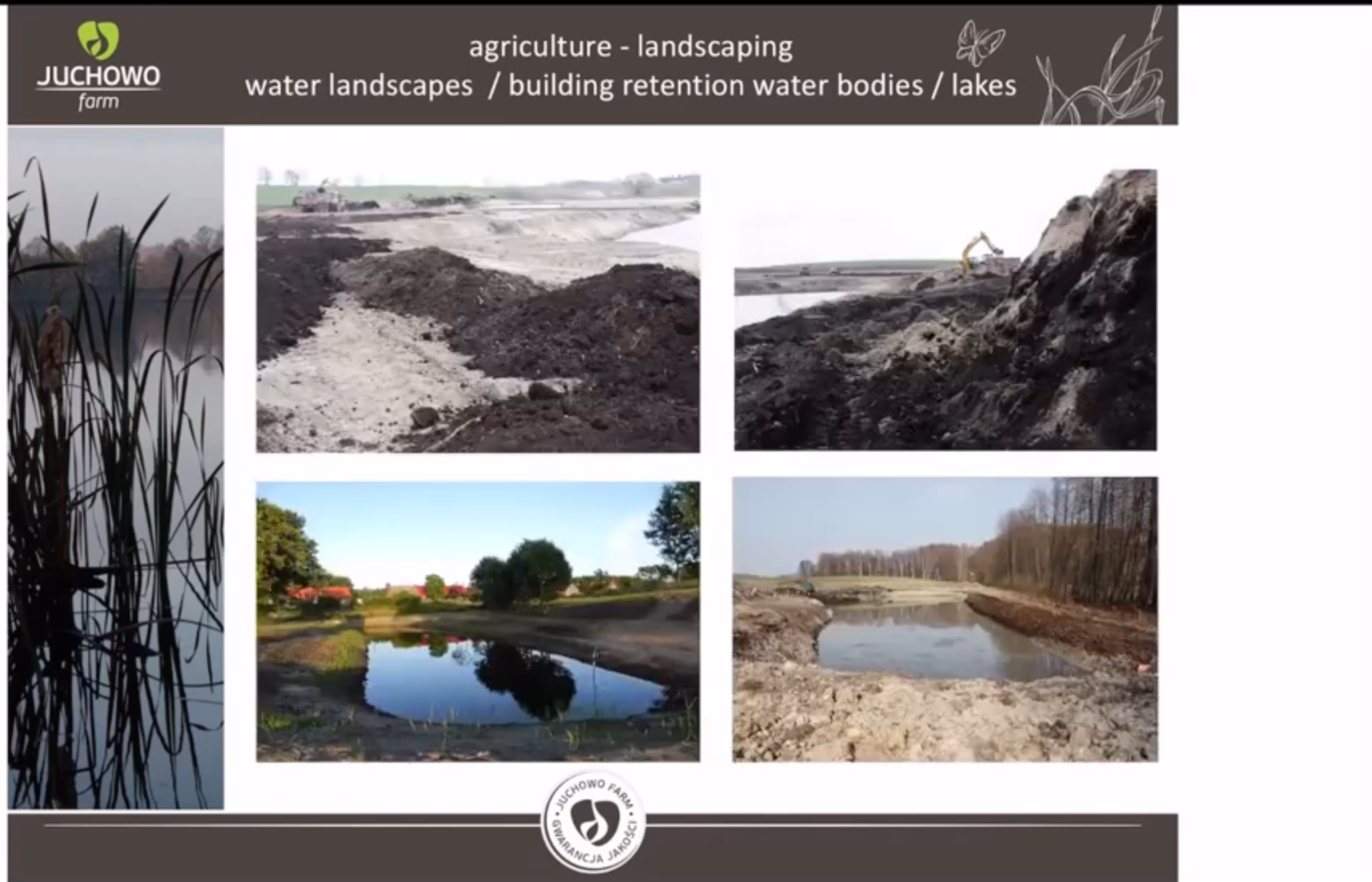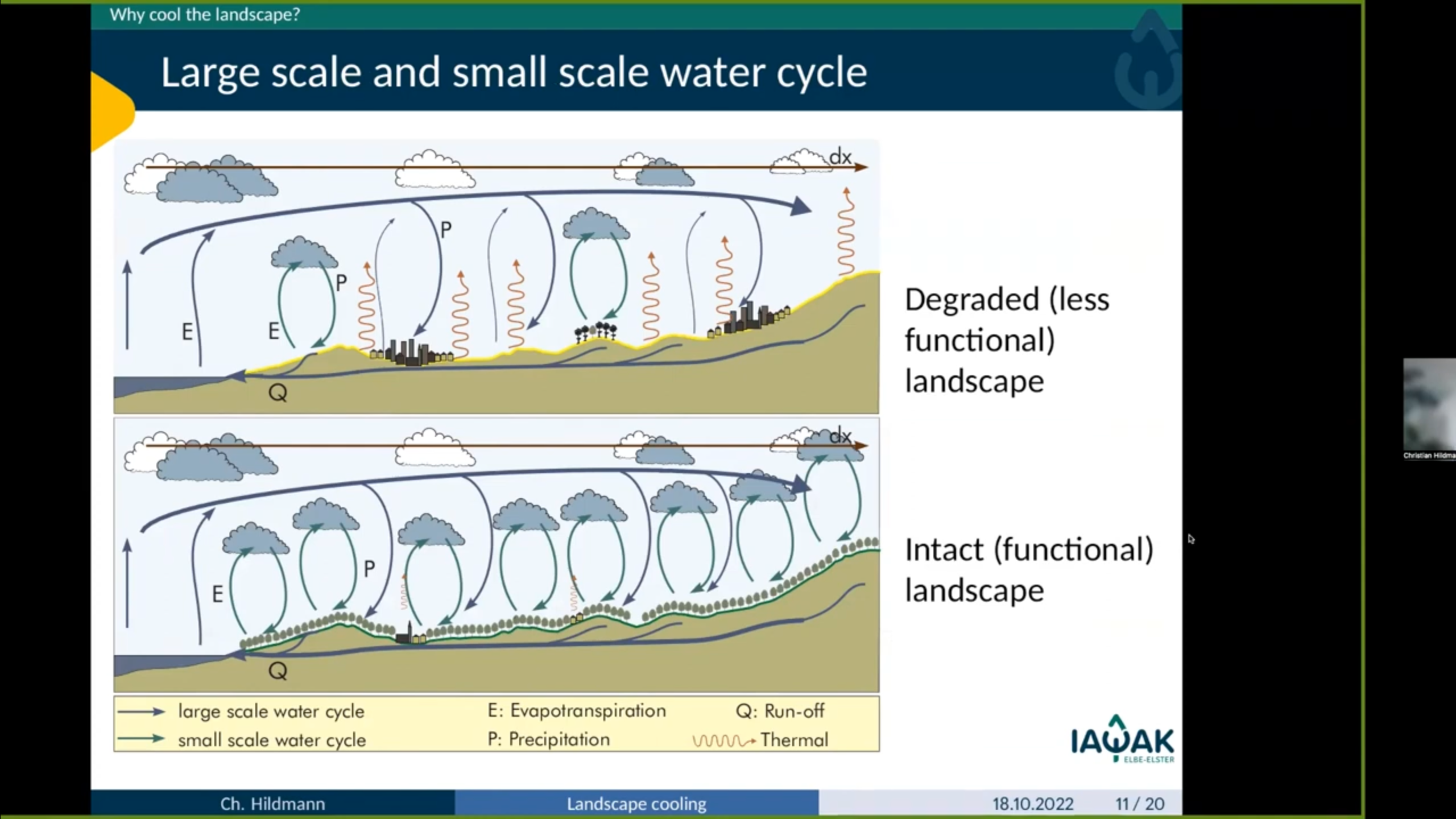In October, we organized the international online Climate Landscapes Conference. Here is Rob de Laet’s presentation on »Global Action Plan: Let’s Cool the Planet with Nature!«.
It is important to understand that carbon, water and energy cycles on land are closely linked. Restoring atmospheric and terrestrial water cycles in vegetation, soils, and the atmosphere is paramount to cooling the planet. This is the only way to stabilize precipitation patterns and prevent floods and droughts – locally, regionally and globally. For this, more vegetation, more fertile soils, and water retention in land use are essential.
In general, we need a paradigm shift that values the hydrological and climate-cooling effects of vegetation in general and forests in particular, in addition to their carbon sequestration potential. The effects of vegetation cover on climate offer benefits that need to be more widely recognized and require a systems approach to make agriculture, forestry, and water management resilient for the times ahead.
Cycles of carbon, water, and energy can be influenced by increasing soil fertility, more vegetation, and water retention. These include regenerative land management practices such as year-round vegetation cover through intercropping and undersowing, reduced tillage, large-scale establishment of agroforestry systems, creation of retention areas, climate-adaptive forest conversion, and management of pastures using holistic grazing management.



















